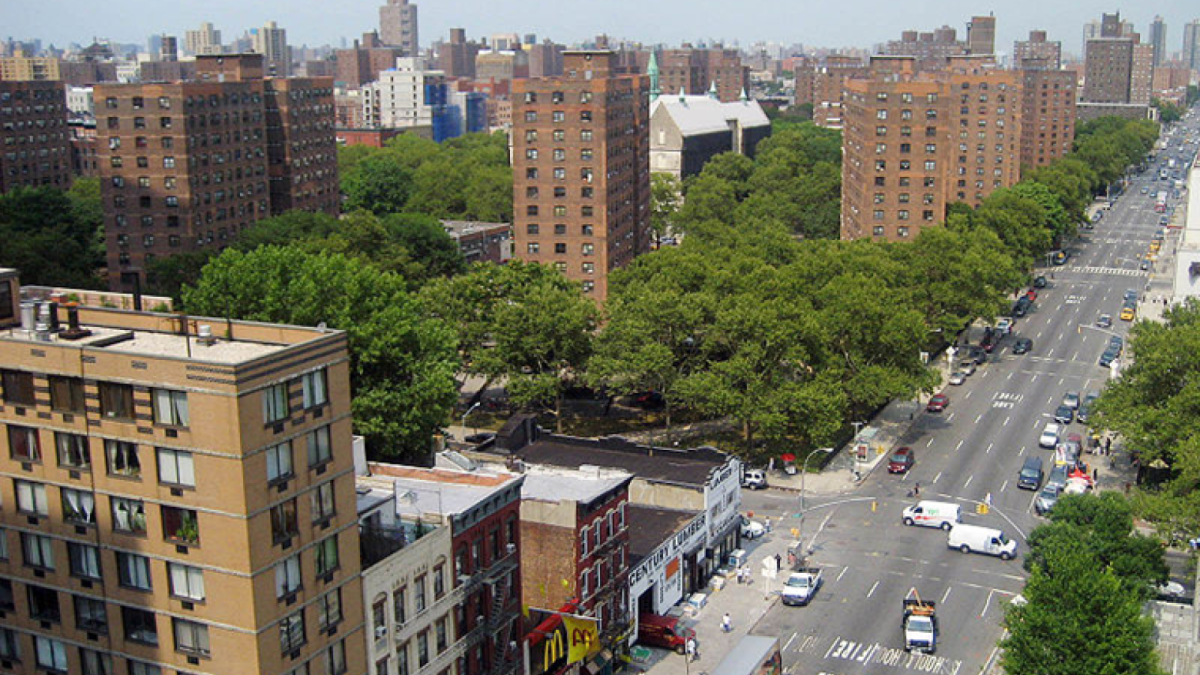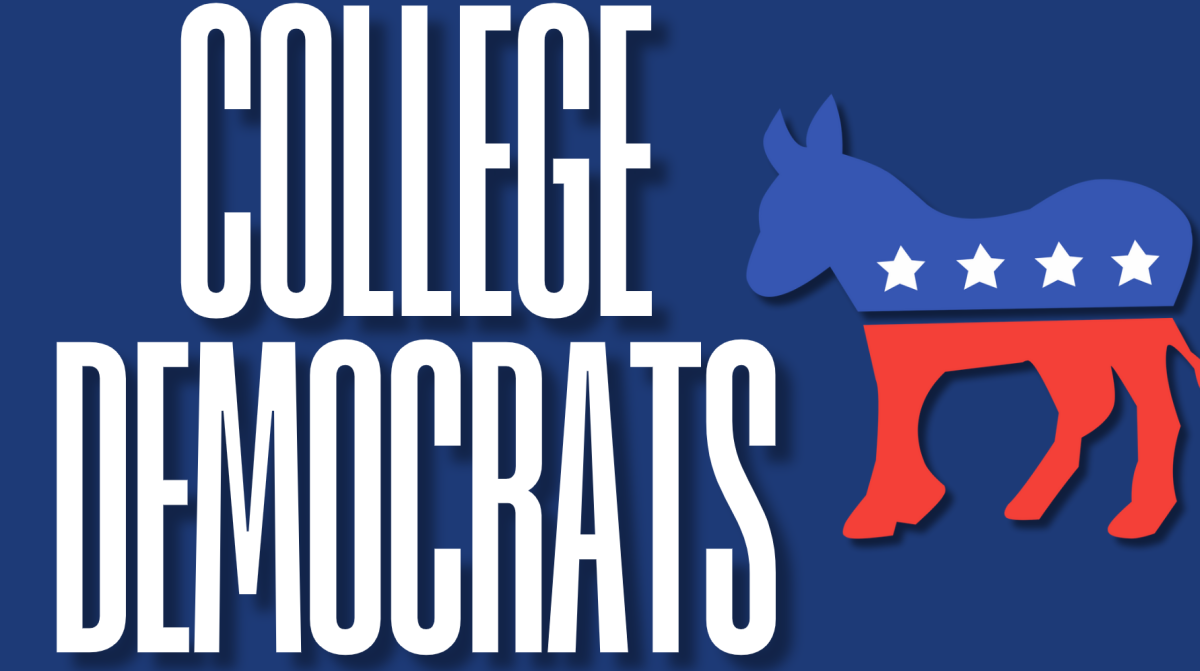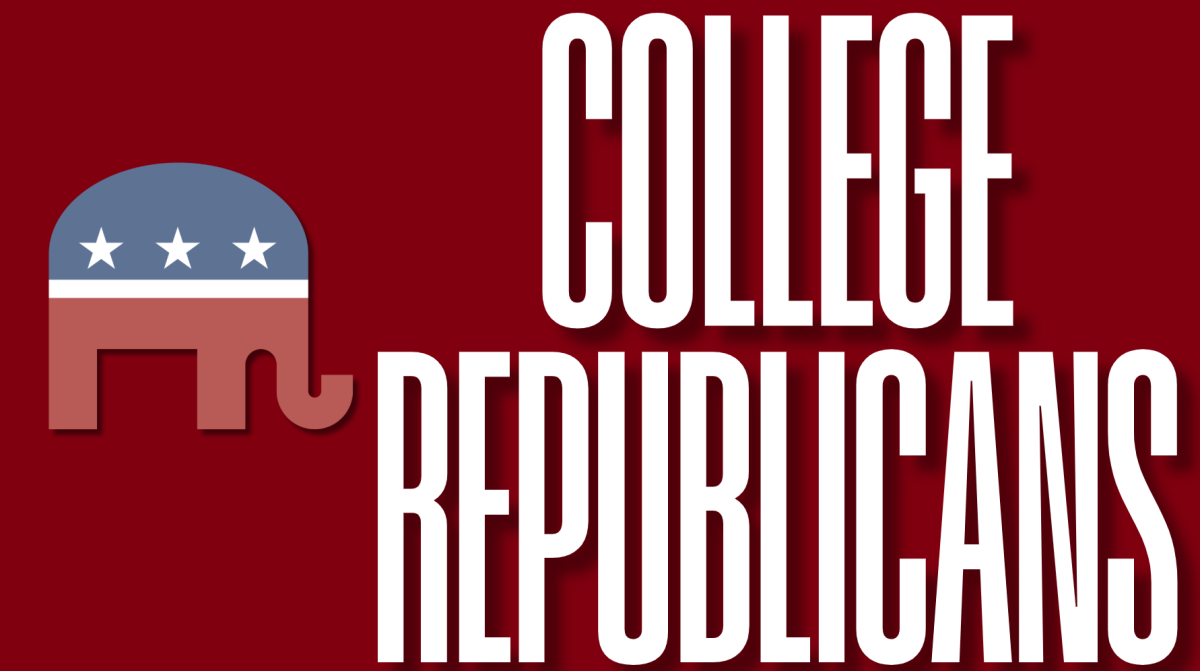On a bright but cold Thursday afternoon, I was walking to catch the bus while talking to a friend on the phone. As I passed Jack Coffey field and neared the roundabout just past Keating Hall, an unidentifiable song got louder and louder and more and more bothersome. My friend asked what all the noise was, and I told her it seemed like the baseball team was holding a practice and that they were probably playing music.
But it was 2:00 p.m. on a weekday in early November. If the music was loud enough for my friend to hear it through the phone, surely it was disruptive to the classes happening in Keating Hall just across the street. The music is sometimes even audible (though hardly disruptive) from my dorm room on the far side of O’Hare, and it’s downright exasperating when I’m enjoying a warm and sunny afternoon on Eddie’s.
On what was probably the last warm day of the season, families and students gathered in the parking lot on the morning of Oct. 28 to tailgate before the Fordham vs. Holy Cross football game, which started at 1:00 p.m. I am sure that a good time was had by all, and a football game, especially on family weekend, is a good reason to make some noise. However, it seems as if most of the loud, disruptive music is being played at practices on weekday afternoons and weekend mornings. This unnecessary noise is contributing to a larger problem — noise pollution, which, like other environmental issues in the United States, disproportionately affects Black, Latino and lower-class communities.
It has been estimated that 9 out of 10 adults living in New York City are exposed to levels of noise beyond what the U.S. Environmental Protection Agency (EPA) has deemed harmful. The main causes of noise pollution in NYC—vehicles and industrial machines—also cause air pollution, and the uneven rates of pollution in various NYC neighborhoods contribute to higher asthma prevalence in neighborhoods like Spanish Harlem and the South Bronx, which have a greater percentage of black and Hispanic families than low asthma prevalence neighborhoods like the Upper East Side.
When the Cross Bronx Expressway was built during the 1950s and ’60s, it carved up predominantly Black and Hispanic neighborhoods. The people who continued to live in their drastically altered neighborhoods had to contend with not only the destruction of their communities but also with the new air and noise pollution that the expressway brought with it. The Cross Bronx Expressway continues to negatively affect residents in certain areas of the Bronx—Jennie Jerome playground, which is located between the aboveground 4 train and the Cross Bronx Expressway, goes largely unused by children in the Morris Heights neighborhood as parents are concerned about highway and noise pollution.
The New York City government has historically failed to hear the concerns of residents of the South Bronx, especially when it comes to pollution and development. In 2012, the City and State of New York offered FreshDirect a $130 million subsidy to relocate their diesel trucking headquarters to the South Bronx. Activist organization South Bronx Unite filed a lawsuit against the City and State, arguing that the government failed to conduct an adequate environmental review of the site, but the lawsuit was dismissed, and FreshDirect opened its facility in 2018. Since the facility opened, truck traffic in the area has increased by 10% to 40%. Traffic and air quality have worsened in the neighborhood, which already had the highest rate of asthma in the country.
More recently, South Bronx Unite has spoken out against congestion pricing, which is a plan to charge all motor vehicles between $9 and $23 to enter Manhattan south of 60th Street between 6 a.m. and 8 p.m. Congestion pricing would begin in spring 2024, with the goal of reducing traffic and car use in lower Manhattan. South Bronx Unite is denouncing this plan because an environmental assessment by the MTA found that congestion pricing would divert traffic into the South Bronx, exacerbating the noise and air pollution that the community already faces.
Noise pollution is a problem that needs to be solved on an institutional level. It is the duty of the New York City and State governments to cap expressways, divest from car-focused infrastructure, and use different urban planning techniques like green spaces and sound barriers to reduce noise pollution. However, institutions like Fordham and individuals can also play a role in combating noise pollution. By turning down the music at sports practices and by being mindful of our noise levels while we spend time in the surrounding community, Fordham and its students can do their part in reducing noise pollution.
Eleanor Smith, FCRH ’26, is an American studies and history major from St. Paul, Minn.











































































































































































































Jason Munshi-South • Nov 14, 2023 at 4:11 pm
Thank you! I have been a professor teaching in Keating in the Spring semester attempting to compete with the noise from the baseball field. Gas-powered lawn equipment (particularly leaf blowers) is also an under-appreciated source of toxic exhaust and noise.